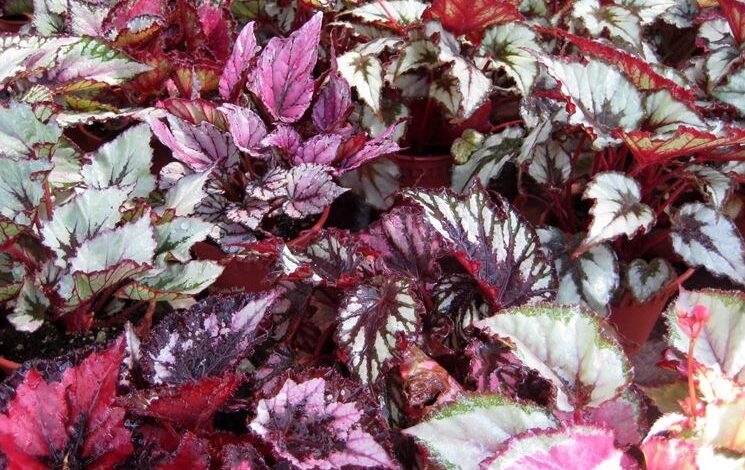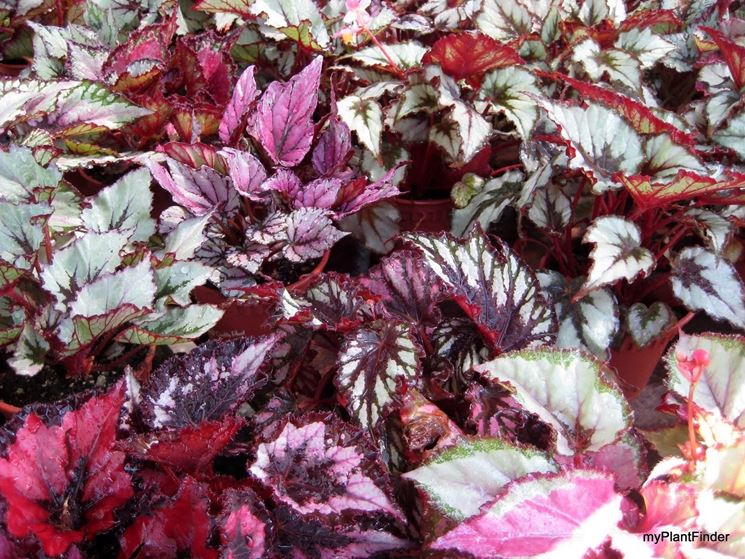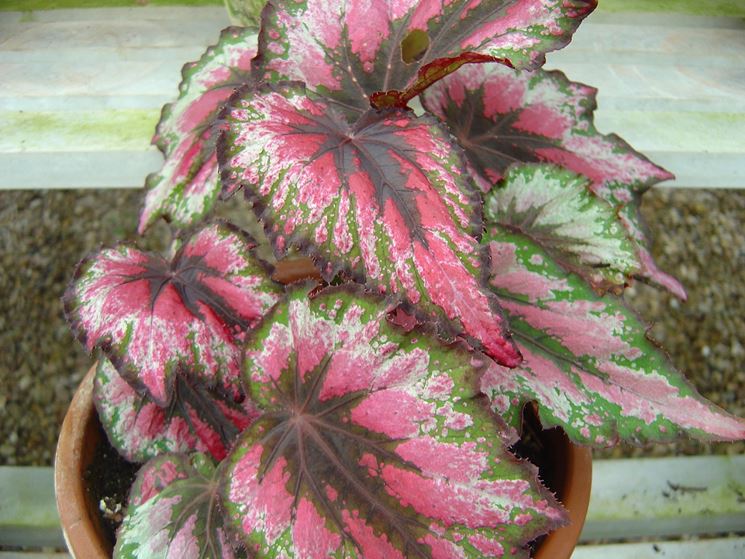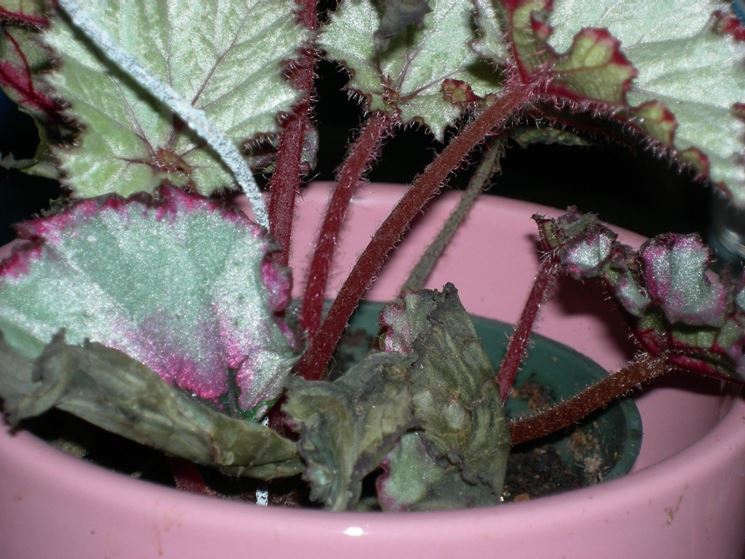Giant Begonia

General information about the giant begonia

The giant begoniait is essentially a houseplant, since it is rarely able to withstand the low temperatures of winter, which is why it cannot be considered a hardy plant at all. In any case, the ideal cultivation temperature of begonia rex is around 15 ° C throughout the year, but in winter it must never drop below 13 ° C, although it is important to keep the environment very cool. The giant begonia needs a lot of light, but not direct exposure to sunlight: in fact, this type of exposure would end up damaging the plant, due to the burns it would cause to the leaves; on the other hand, if grown in half-shade conditions, they would not have the amount of light necessary for the leaves to acquire their wonderful color.
Soil type and fertilization of giant begonia

The giant begonia does not need a particular type of culture medium, but with a few tricks you can still get an excellent substrate. For this purpose it is sufficient to mix together peat, coarse sand and simple garden soil: the result will be a slightly acid soil with good draining power, to prevent the formation of dangerous water stagnations, which would lead to rotting of the plant’s roots. To further increase the drainage of the soil it is recommended to insert the crock at the bottom of the pot. Fertilization must be carried out from the beginning of the spring season and throughout the prolongation of the summer season, suspending it instead during autumn and winter. It is necessary to use a liquid fertilizer that is rich in nitrogen, phosphorus and potassium.
Giant Begonia: Method of watering and pruning the giant begonia

All begonias need a lot of water and so does the giant begonia, which must be watered very often and in relation to the outside temperature. During the spring and all summer it will be important to water the plant every week, especially if the temperature is excessively high and the soil is very dry. With the arrival before the autumn season and then the winter one, the frequency of irrigation will have to decrease, limiting watering to the humidification of the soil only. Both in summer and in winter, the general rule is that watering is carried out only when the soil appears really dry. Generally the giant begonia does not require pruning, but you can still intervene in the elimination of dry leaves and exhausted flowers.
